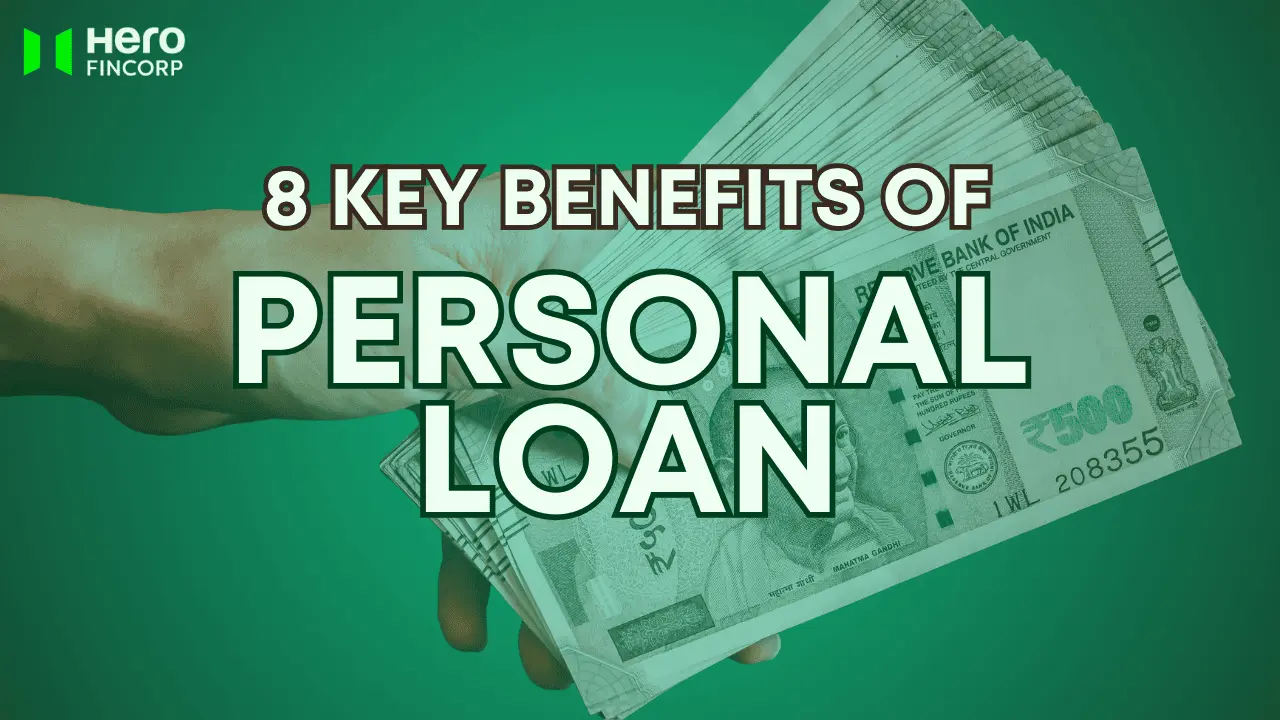
Life does not always go as planned. One month you might be planning a family trip, and the next month you may face a sudden medical expense or home repair.

At times, you may need additional funds but are unsure about the exact amount. In such situations, you can consider a Flexible Personal Loan.
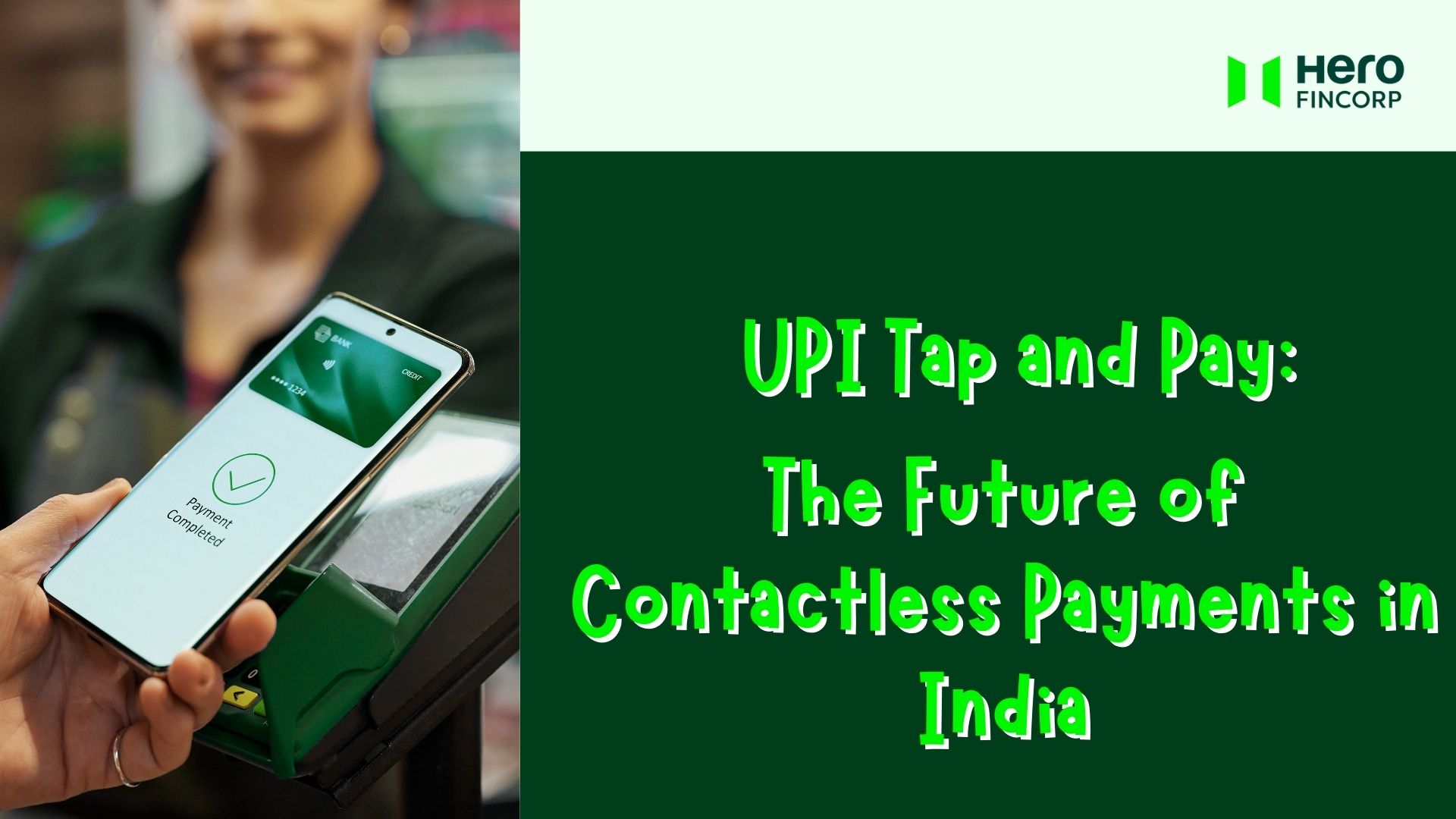
The way we make payments has changed dramatically over the past few years. Initially, we used cash, and this was not an easy experience for anyone who hated doing mental math.
Then came the switch to plastic money, i.e, your debit and credit cards. A significant upgrade, but still involved the faff of pulling the right card out of a slot, which barely had space for your fingers to fit into
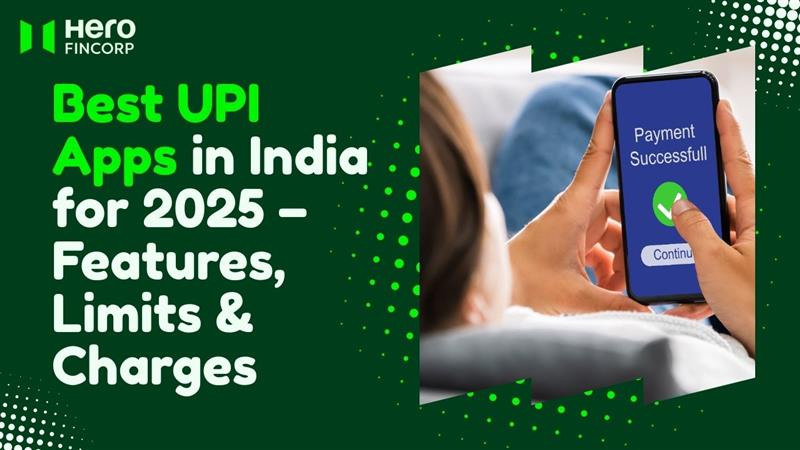
The Unified Payments Interface (UPI) has transformed the way India transacts, making digital payments faster, simpler, and more accessible than ever.

A few years back, leaving home meant checking for your wallet first. Cash, bank cards, faded receipts, maybe a few coins rattling around. Now, many of those payments happen through a phone without much thought. Tap at the kirana store, scan to pay the cab driver, and settle a bill while standing in line. Digital wallets have slipped into everyday life across India.
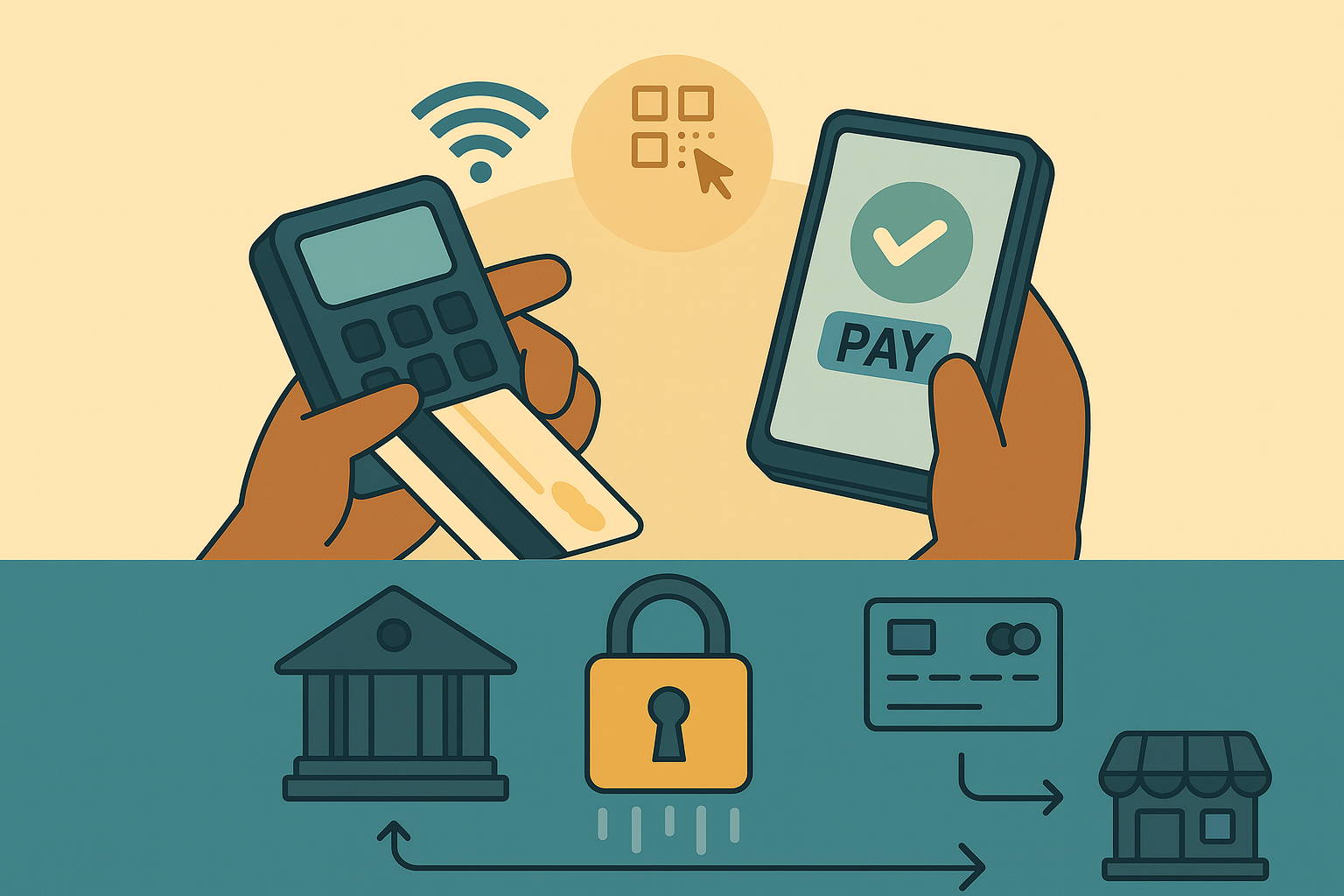
Most of us tap, scan, or click to pay without thinking much about what happens next. Payments go through in seconds, yet there is an entire system working in the background to make it smooth and secure. At the centre of this process is the payment gateway.
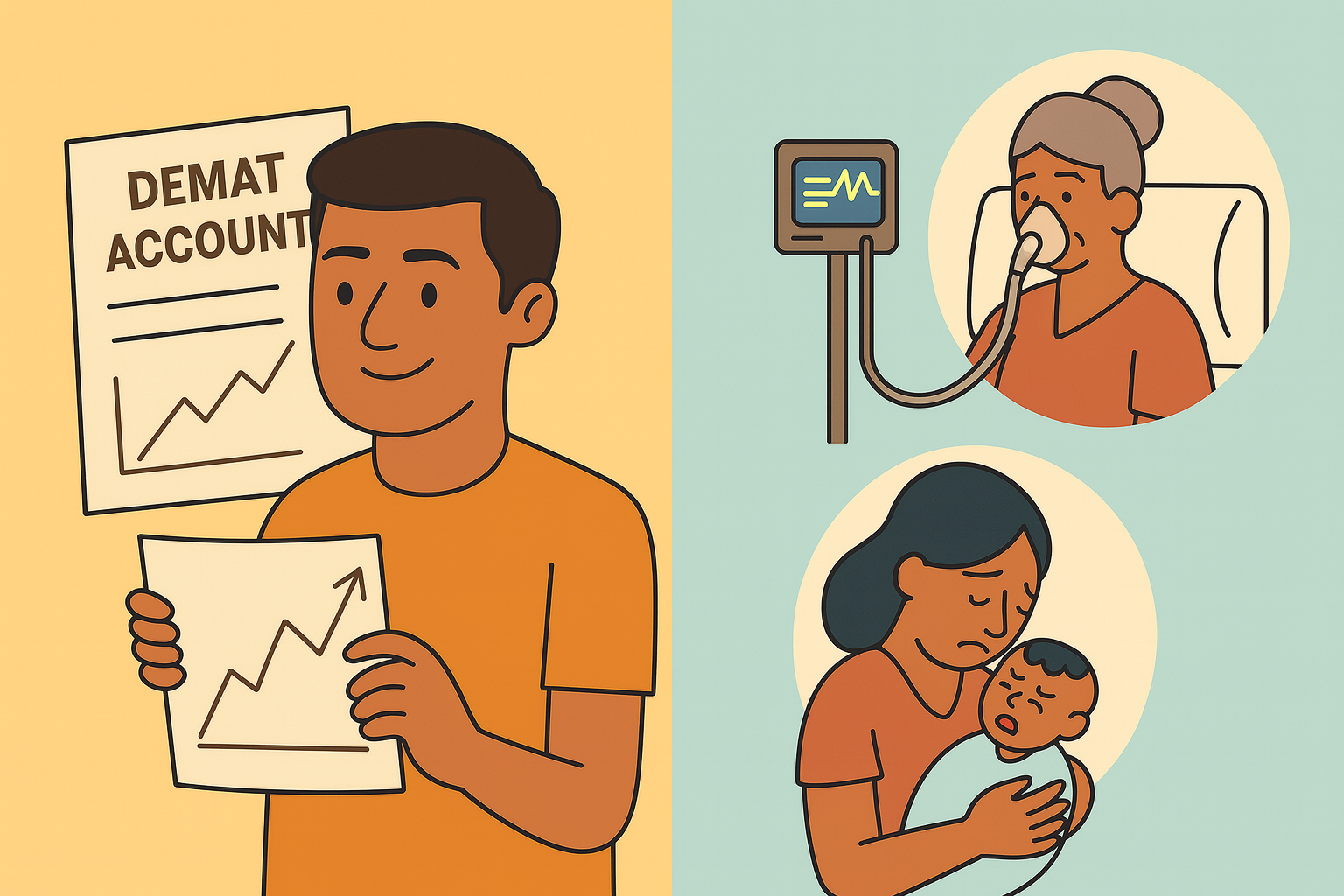
Many people invest in shares with a long view, hoping their portfolio will grow steadily over time. But life has a way of throwing in unexpected expenses. A sudden medical cost or a family situation can leave you needing money quickly.

Thinking of taking a personal loan? Maybe an unexpected expense has come up, or you’re preparing for something important and want to keep your savings intact.

We share expenses all the time, from brunches and weekend trips to cab rides, OTT subscriptions, and even quick grocery runs. But the minute the bill arrives, confusion begins. Who owes what? Who paid last time? Who still hasn’t settled?

